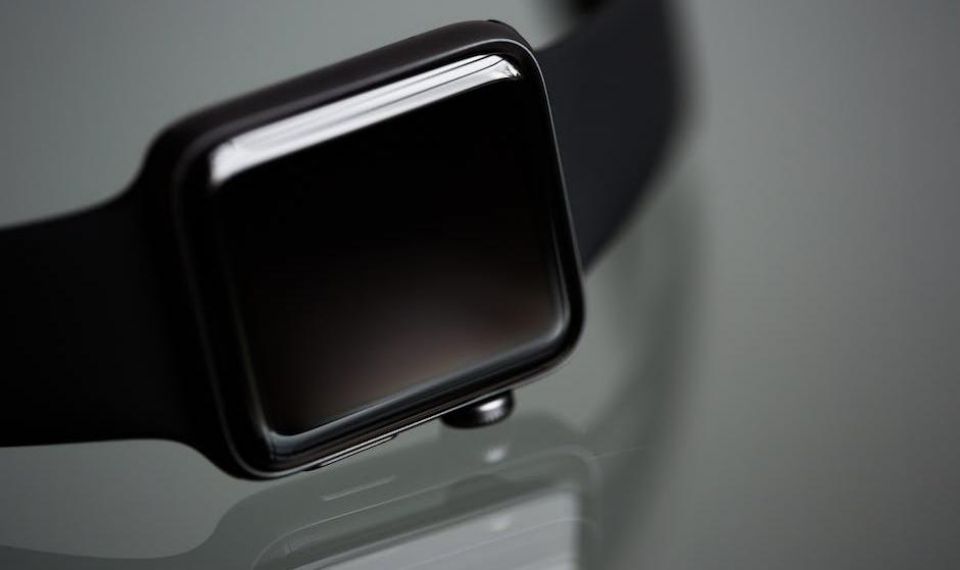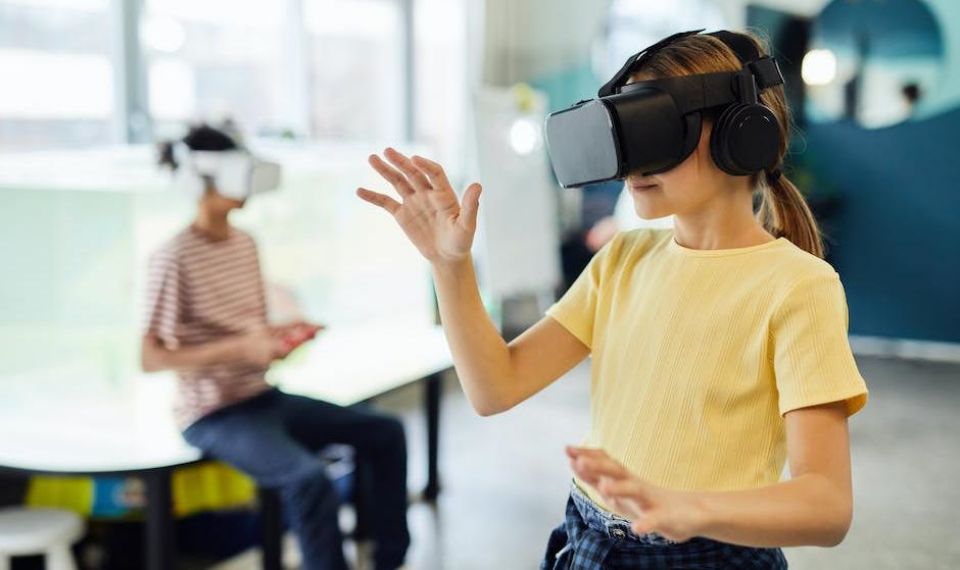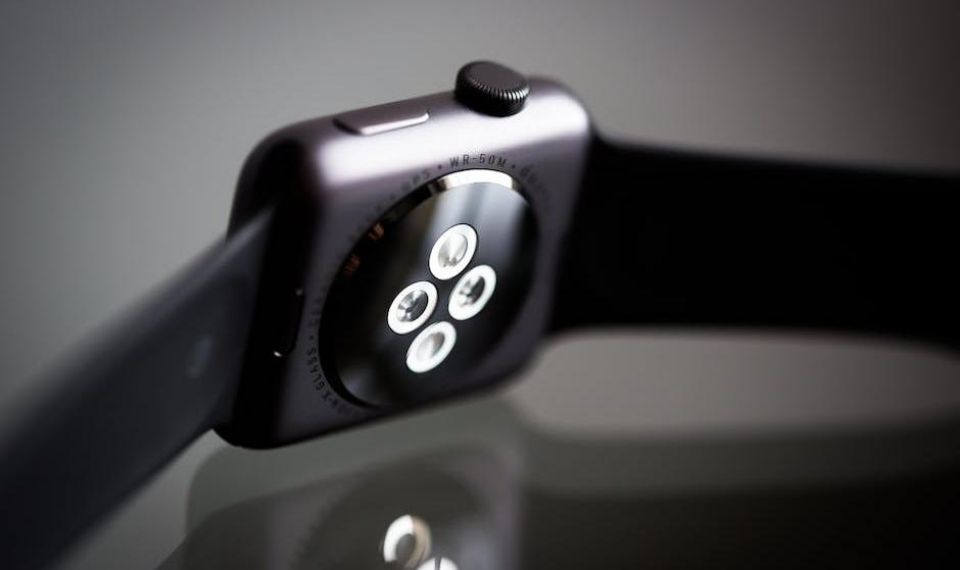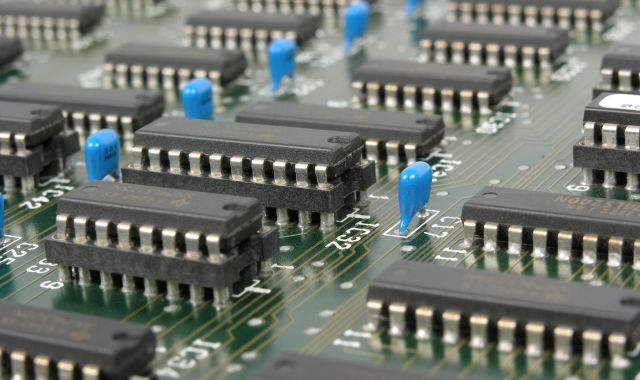
In the quiet hum of the city, the rhythmic beat of persistent footsteps echoes in the city park. A pair of hands meander through the pages of a book on a park bench, a girlfriend sends a silent message of endearment. Each sequence punctuated by the subtle tap or flick of the wrist. No, this isn’t conjuring up elements of modern dance or an elaborate pantomime show. These are visuals of our contemporary lives, irrevocably intertwined with wearable technology.
Wearable technology has been around for quite some time. Since the advent of the digital watch, sophisticated pacemakers, and rudimentary fitness bands to the modern array of smartwatches, fitness trackers, and augmented reality glasses today, the realm of wearables has evolved extraordinarily. Our attire is no longer relegated to mere fashion or protection from the elements, but it now has taken on the mission of managing health, facilitating communication, rendering navigation, and providing entertainment.
Take the example of fitness trackers—small, minimalistic bands worn on the wrist. They tally daily step counts, monitor heart rates, track sleep patterns, and with GPS technology, even map jogging routes. Amelia, a dedicated marathon runner, strapping on her FitBit each morning, sets out to break her previous day’s miles. The immediate insight gleaned helps her maintain and boost her performance. Additionally, it holds an archive of all her workouts which gives her insights into how her training has progressed over months.
Beyond fitness, wearables have also taken a leap into the wellness and health monitoring sector. Smartwatches like the Apple Watch or the Samsung Galaxy Watch can constantly monitor your pulse, incorporating algorithms to alert irregularities in heartbeat, such as atrial fibrillation. To Steve, a heart disorder patient, this feature acts as an essential safeguard, allowing him to seek medical attention promptly, averting potential catastrophe.
The power of wearables isn’t restricted to the wrist. Let us venture into the warfare scene where soldiers are equipped with smart helmets. These devices provide night vision, potentially reducing the risk of friendly fire and improving combat efficiency. From a professional standpoint, construction workers use smart glasses that overlay safety guidance or instructions on the transparent screen, keeping hands free to handle machinery or perform intricate tasks.
At the core of these wearables is a profoundly personal approach to technology. When Jonathan’s smartwatch vibrates with a reminder to stand up and take a walk, it is a gentle prod for Jonathan alone. When Zoe’s fitness band lights up with encouragement for reaching her daily step count, the cheer is for Zoe and Zoe alone.
There is, undeniably, a revolution afoot. It’s a revolution that changes the way we interact with technology, turning it from an external tool to an integral part of our lives. Wearable technology imbues our ordinary days with the sparkle of the extraordinary, transforming the mundane through seamless integration. Every little detail, from the smallest vibration to the flicker of a notification, spells an intimate narrative of our lives, one that is wrapped around our wrists or perched on our noses, steadily pulsating towards a future where wearables will seem as indispensable as the clothes we wear.









